SOURCE: AFI

Pakistan’s efforts to conceal a recent fighter jet crash were thwarted by the manufacturer of the pilot’s ejection seat. A JF-17 Block 2 aircraft went down near Jhang district on June 5th, but the incident remained unreported in Pakistani media.
The truth came to light on June 11th with a social media post by Martin-Baker, the company behind the PK16LE ejection seat used in the JF-17. Their post confirmed the crash and successful pilot ejection, exposing Pakistan’s attempt to keep the incident quiet.
Continue readingSOURCE: IDRW.ORG

In a significant development for India-U.S. defense collaboration, National Security Advisor Ajit Doval and U.S. National Security Advisor Jake Sullivan are likely to meet soon and resume discussions on the co-development of the Stryker Armoured vehicle. This move follows the commencement of Prime Minister Narendra Modi’s third term in office, marking a renewed emphasis on enhancing India’s military capabilities through international partnerships.
The co-development initiative of the Stryker armoured vehicle underscores a joint production effort, with plans to manufacture the vehicles in India. The Indian Army is set to procure 300 units, which will likely be assembled by public sector companies. However, the final decision regarding the manufacturing entities and the exact order quantity rests with the Ministry of Defence (MoD).
Continue readingSOURCE: IDRW.ORG.

The Defence Research and Development Organisation (DRDO) is taking a significant step forward in India’s indigenous missile development program by procuring propellant castings for Project KUSHA, also known as the Precision Guided Long Range Surface to Air Missile (PGLRSAM).
These propellant castings are specifically designed for the PGLRSAM missile’s dual-pulse rocket motor, designated P-1 and P-2. The dual-pulse motor provides efficient propulsion for the missile, enabling it to effectively engage aerial targets at long ranges.
Continue readingSOURCE: AFI
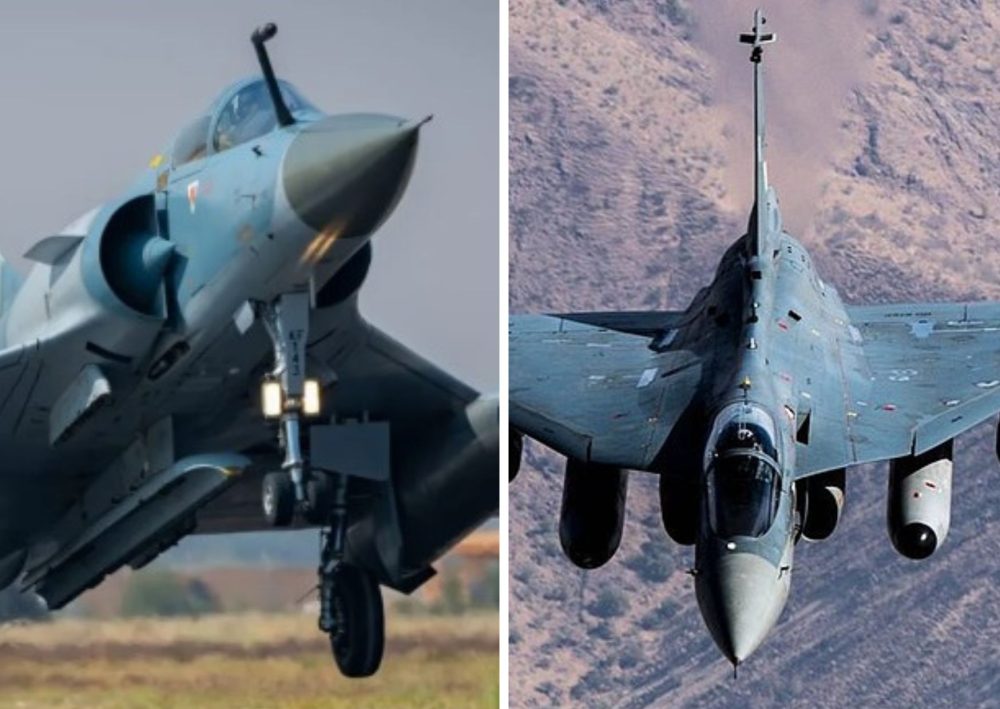
The Indian Air Force (IAF) faces a dilemma: opting for used Dassault Mirage 2000-5 fighter jets from Qatar at a seemingly attractive price of $66.25 million each, or acquiring brand new, indigenous Tejas Mk1A light combat aircraft at $43 million apiece. While the sticker price of the Mirages seems lower, a closer look reveals a different story.
The Mirage 2000-5 fighter jets, offered by Qatar, are priced significantly higher than the Tejas Mk1A jets. At $66.25 million per unit, the Mirage 2000-5 jets come with a hefty price tag, especially considering that they are used aircraft. The Tejas Mk1A jets, on the other hand, are available at $43 million per unit, offering a more economical option for the IAF.
Continue readingSOURCE: AFI
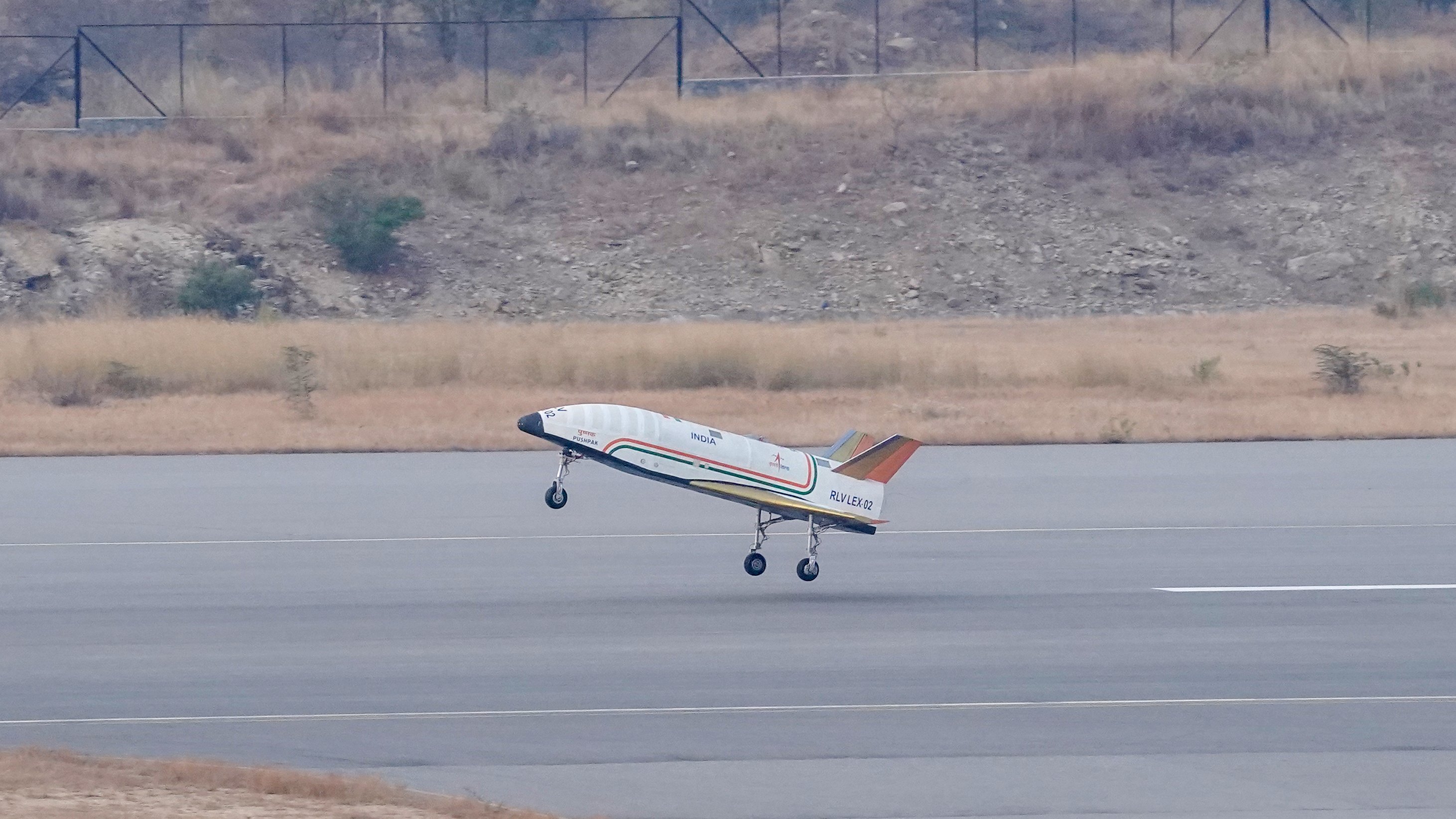
The Indian Space Research Organisation (ISRO) is facing a hurdle in its pursuit of reusable launch vehicle (RLV) technology. While weather conditions permitting, they aim to conduct a crucial experiment this month in Challakere, Karnataka. However, technical issues with a Chinook helicopter are causing delays for a separate integrated air-drop test (IADT) of simulated Gaganyaan crew modules at Sriharikota.
This upcoming experiment focuses on the RLV-LEX series, specifically the third iteration – RLV-LEX-03. Following the successful completion of the RLV-LEX-02 landing experiment on March 22nd, 2024, RLV-LEX-03 aims to push the boundaries further, refining the vehicle’s performance, guidance systems, and landing capabilities.
Continue readingSOURCE: AFI
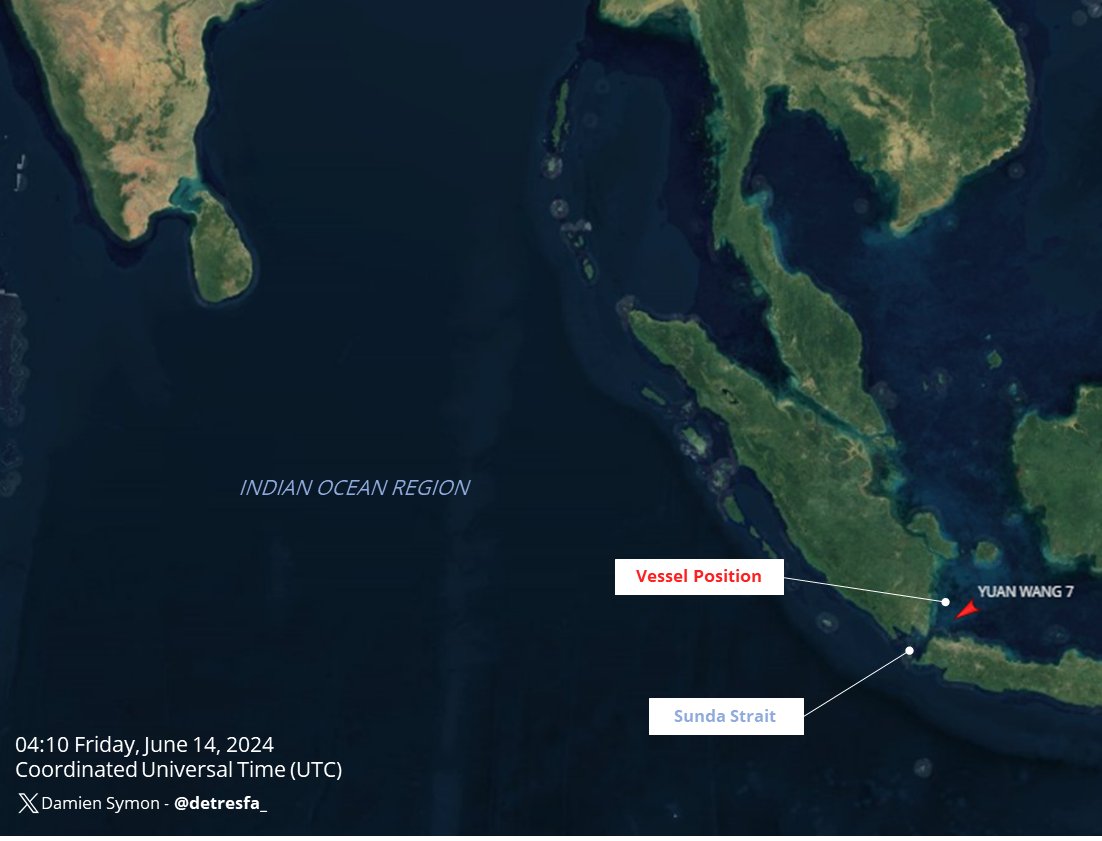
The Chinese missile and satellite tracking vessel Yuan Wang 7 has reportedly set sail for the Indian Ocean region, sparking concerns in India. This development comes amid ongoing tensions between the two Asian giants, particularly regarding their disputed Himalayan border.
The Yuan Wang-class vessels are equipped with advanced sensors and communication equipment, enabling them to track missile launches, satellite movements, and other activities in space. While China maintains these vessels are for scientific research, India views their presence in the Indian Ocean, which it considers its backyard, with suspicion.
Continue readingSOURCE: AFI

India’s premier defense research agency, the Defence Research and Development Organisation (DRDO), is making a strong impression at the ongoing Eurosatory 2024, a leading global defense and security exhibition held in Paris, France. From June 17-21, DRDO is showcasing a range of its most advanced technologies, underlining India’s commitment to “Make in India and Make for the World” in the defense sector.
DRDO’s presence at Eurosatory is centered around its cutting-edge weapon systems and platforms designed to address contemporary battlefield requirements.
Continue readingSOURCE: AFI
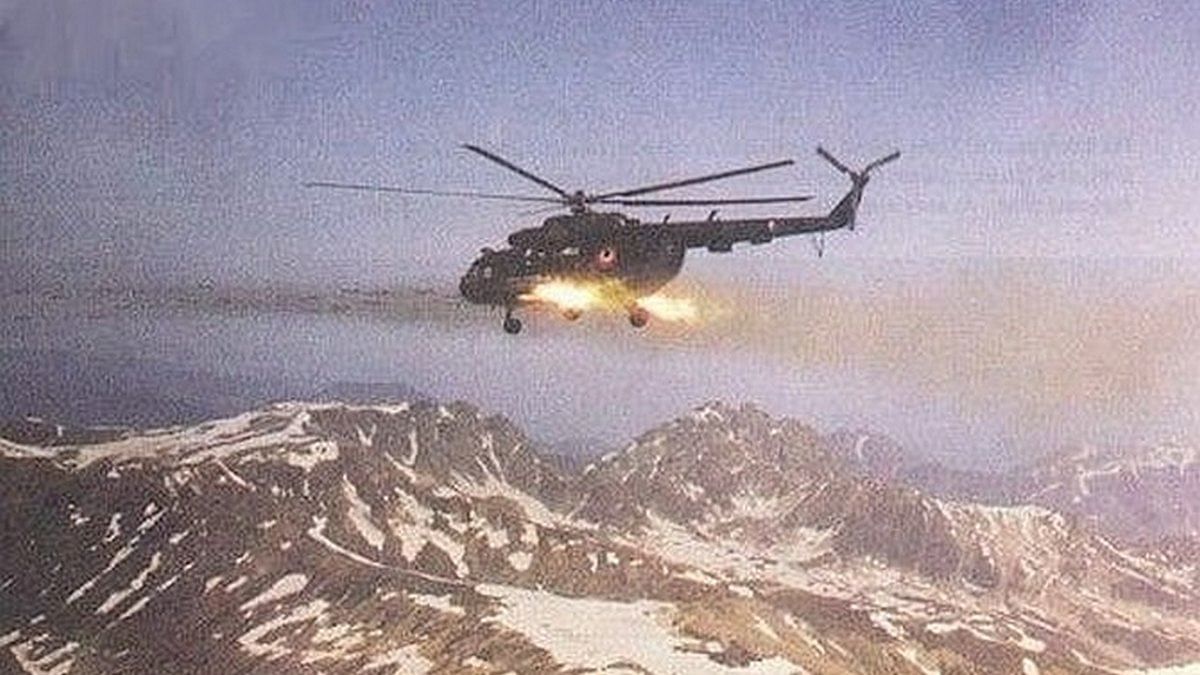
Netflix India is gearing up to take viewers on a thrilling journey through history with a new series based on “Operation Safed Sagar,” a pivotal mission undertaken by the Indian Air Force during the 1999 Kargil War.
The series will be helmed by director Oni Sen, known for his acclaimed work on the web series “Asur.” [Peeping Moon] reports that production company Matchbox Shots, led by Sanjay Routray, Sarita Patil, and Dikssha Jyoti Routray, will be bringing this story to life.
Continue readingSOURCE: RAUNAK KUNDE / NEWS BEAT / IDRW.ORG
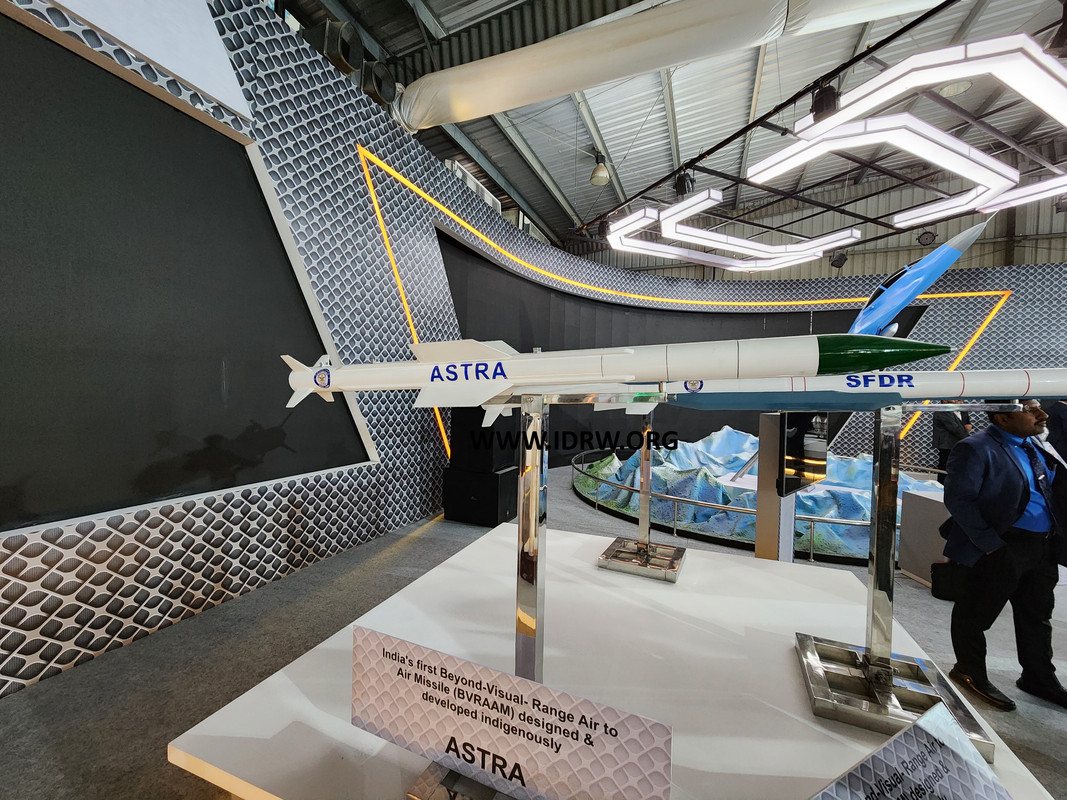
The Indian Air Force (IAF) has made a strategic shift in its air-to-air missile program, prioritizing the integration of the domestically developed Astra MkI and MkII missiles over the Israeli I-Derby ER BVRAAMs. IAF had initially planned to equip I-Derby ER BVRAAMs on Su-30MKI, Mk1A and MkII fleet but that has been dropped now to support local air-to-air missiles.
The IAF’s prior exploration of the I-Derby, particularly the older variant integrated into the SPYDER air defence system, served as a temporary solution. The I-Derby’s limited range of fewer than 100 kilometres fell short of the IAF’s long-term requirements. The I-Derby ER, with its extended range, offered a more compelling option. However, the Astra MkII’s comparable capabilities and the strategic advantage of domestic production outweighed the I-Derby ER’s appeal.
Continue readingSOURCE: RAUNAK KUNDE / NEWS BEAT / IDRW.ORG
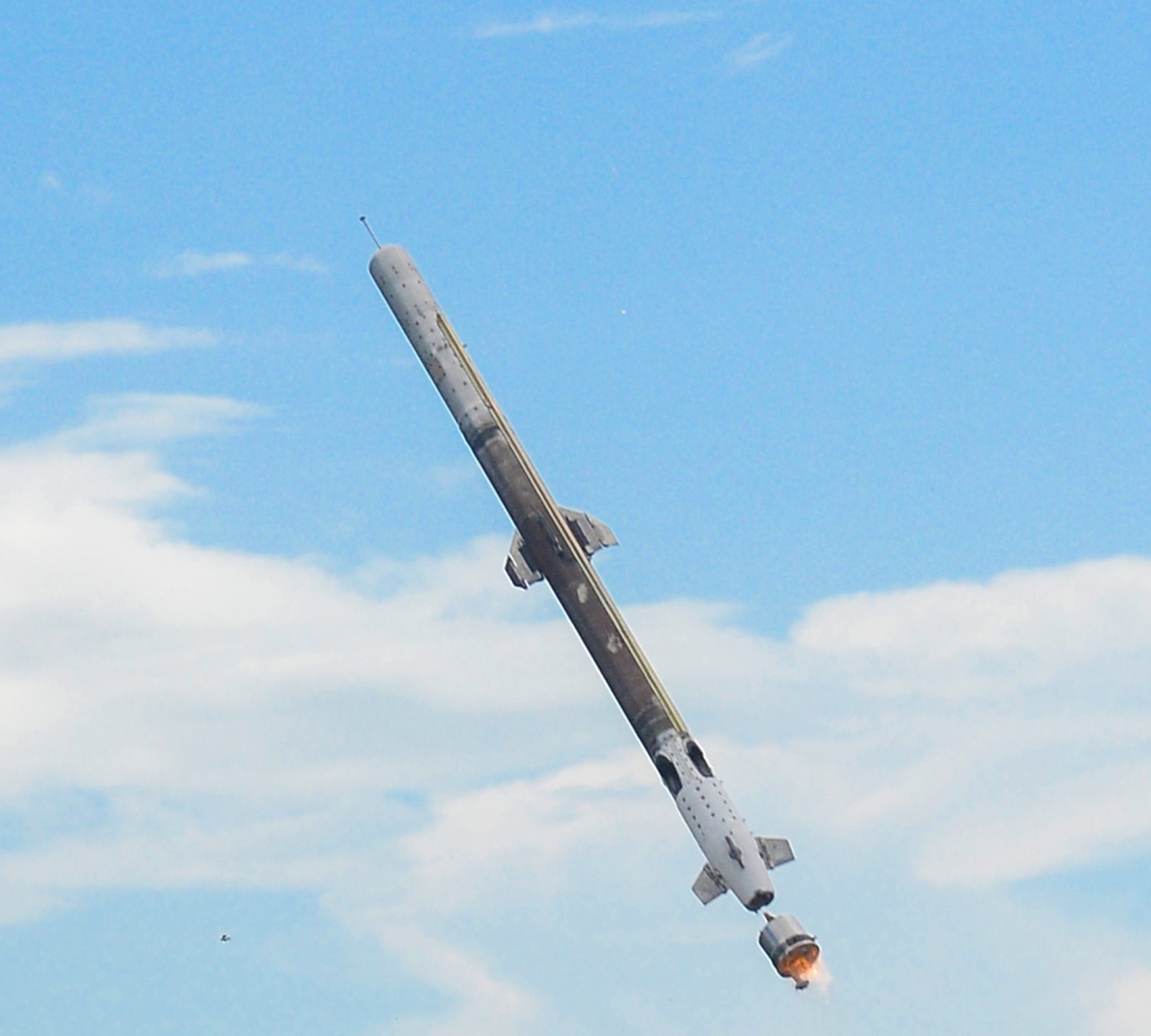
The Indian Air Force (IAF) is actively exploring the development and procurement of low-cost air-to-air missile systems. This initiative is driven by the growing prevalence of inexpensive aerial threats like drones, loitering munitions, subsonic cruise missiles, and rockets.
The IAF recognizes the strategic shift in warfare tactics. Employing expensive surface-to-air missiles (SAMs) against these low-cost threats is not only financially unsustainable but also depletes crucial defence assets during conflicts. Modern adversaries often resort to overwhelming air attacks using drones and loitering munitions, aiming to exhaust air defence systems and missile stockpiles before deploying higher-end weaponry.
Continue readingSOURCE: RAUNAK KUNDE / NEWS BEAT / IDRW.ORG

Hindustan Aeronautics Limited (HAL) is gearing up to equip the LCA-Tejas Mk1A fighter jets with the indigenously developed Uttam AESA Fire Control Radar. While orders for the Tejas Mk1A are expected to be placed later this year, the actual integration of the Uttam radar will begin from the 41st aircraft onwards, with deliveries starting in 2026. The initial 40 jets will utilize the Israeli ELTA ELM-2052 AESA radar.
Developed by the Defence Research and Development Organisation (DRDO), the Uttam AESA radar boasts superior performance compared to the ELM-2052. This indigenous system has undergone rigorous testing, including over 125 successful flight tests on Tejas prototypes.
Continue readingSOURCE: AFI
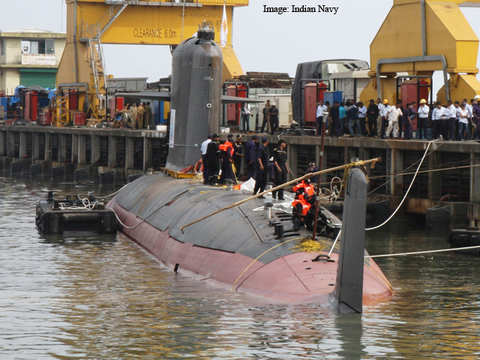
The Indian Navy is keenly aware of the pitfalls of neglecting its domestic submarine construction expertise. A critical period, often referred to as the “lost decade” (1995-2005), serves as a stark reminder of the consequences of letting capabilities atrophy.
During this period, Mazagon Dock Shipbuilders Limited (MDL), India’s primary submarine builder, witnessed a significant decline in its capabilities. This stemmed from the unresolved corruption scandal surrounding the procurement of four German HDW Type 209/1500 submarines. The subsequent suspension of submarine construction activities led to the gradual erosion of crucial skills and infrastructure at MDL.
Continue readingSOURCE: AFI

Zen Technologies has announced a significant achievement in enhancing India’s defense capabilities with the successful delivery of its innovative Zen Anti-Drone System with Hard-Kill (Zen ADS HK) to the Army Air Defence College in Gopalpur, Odisha. This marks a pivotal moment in the country’s efforts to counter emerging drone threats and safeguard its airspace.
Building on the success of its previously deployed soft kill anti-drone systems by the Indian Air Force, Zen Technologies has developed the Zen ADS HK to provide an additional layer of robust protection. The system seamlessly integrates with existing legacy defense infrastructure, ensuring compatibility and operational efficiency. At the core of Zen ADS HK is a state-of-the-art Electro-Optical Tracking System (EOTS), designed and developed in-house by Zen Technologies.
Continue readingSOURCE: AFI

The year was 1987. The Cold War, a colossal game of brinkmanship, dominated the world stage. The United States and the Soviet Union, locked in an ideological duel, cast long shadows over the international landscape. In this tense environment, India, a burgeoning power, was making its own strategic move – acquiring its first nuclear submarine.
Captain R N Ganesh, a submariner brimming with ambition, led a team of Indian officers on a crucial mission – securing a Soviet nuclear submarine. Negotiations concluded, a three-year lease agreement was signed, marking a historic moment for India’s naval aspirations.
Continue readingSOURCE: AFI

India, with its vast territorial borders and diverse security needs, is constantly looking for innovative and cost-effective solutions for its military. One such area of exploration lies in Medium-Altitude Long-Endurance (MALE) Unmanned Aerial Vehicles (UAVs). Traditionally, MALE platforms have been specialized military drones, often expensive and complex to operate. However, a compelling case can be made for exploring the use of modified smaller passenger jets for this role.
Compared to dedicated military drones, smaller passenger jets like the Cirrus Vision Jet you mentioned are significantly cheaper to acquire and maintain. Their established production lines and readily available spare parts further reduce long-term costs.
Continue reading